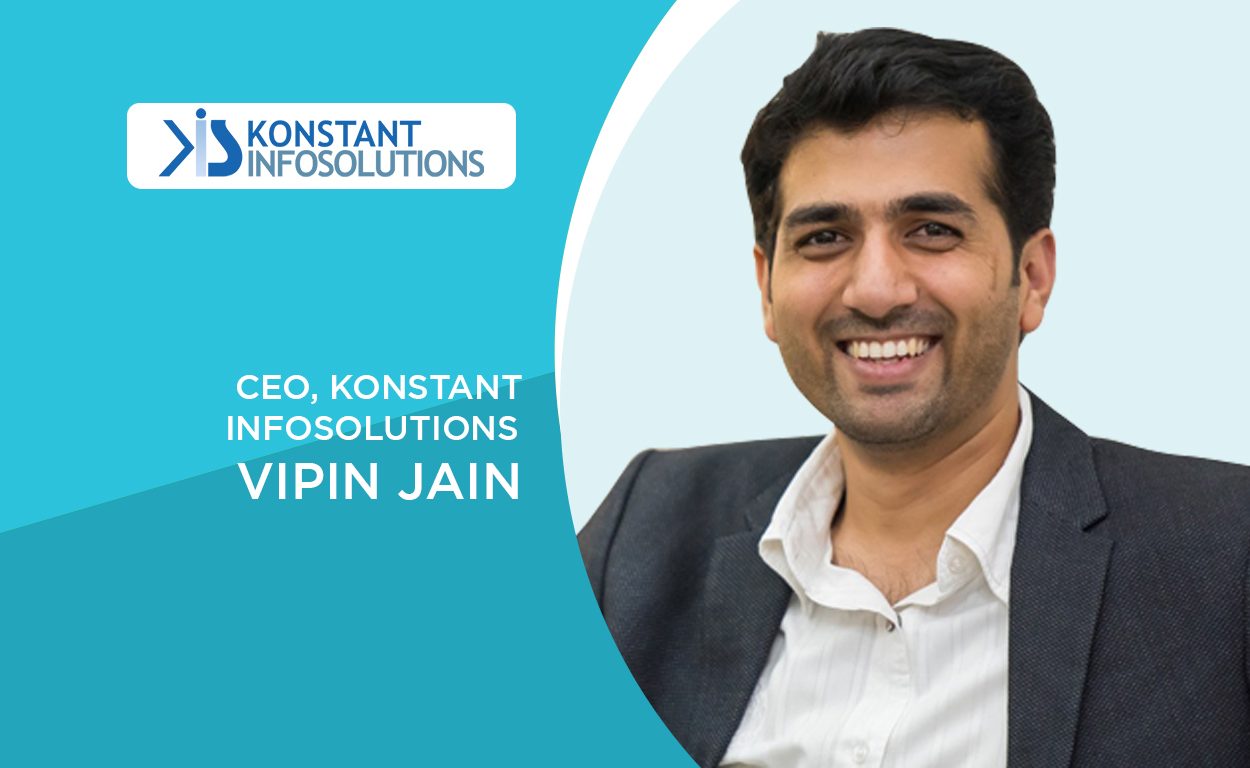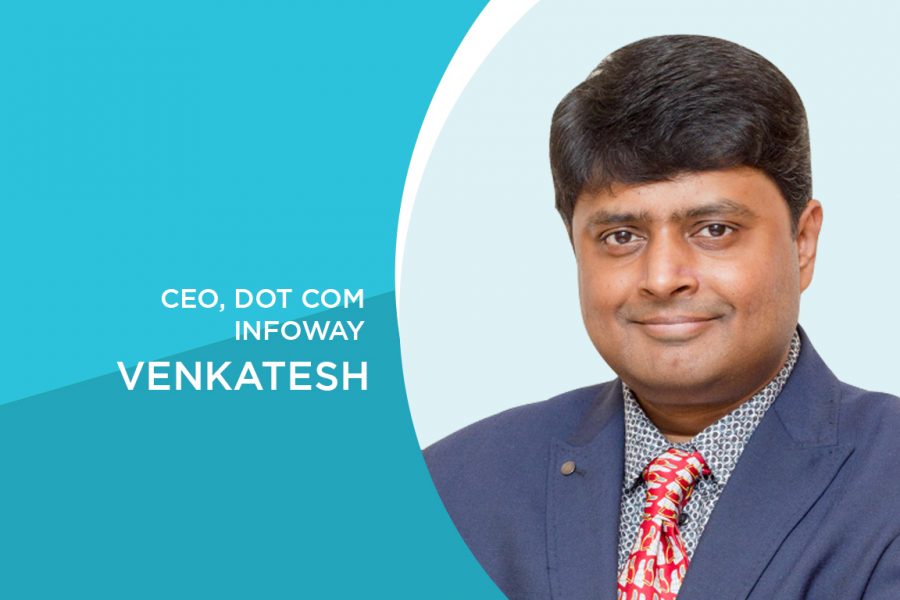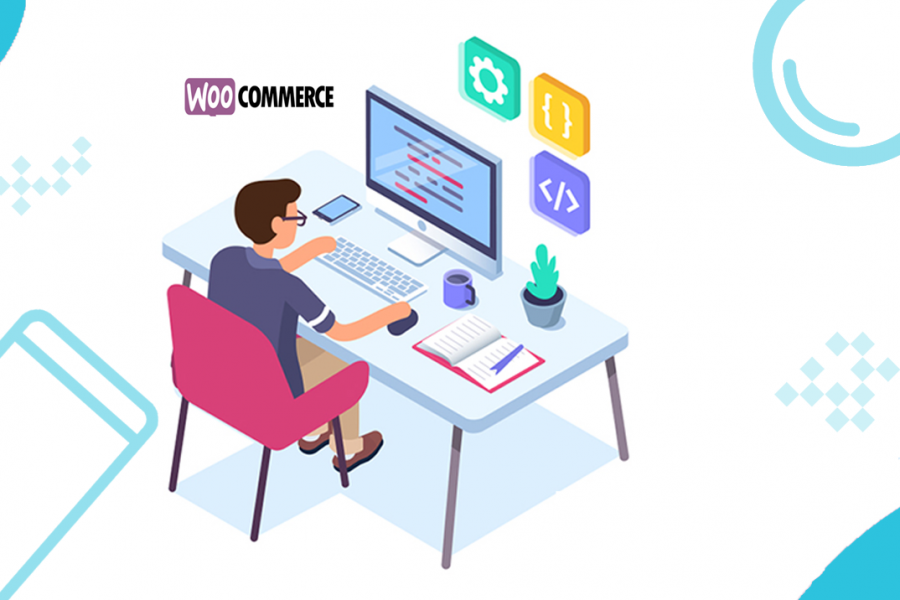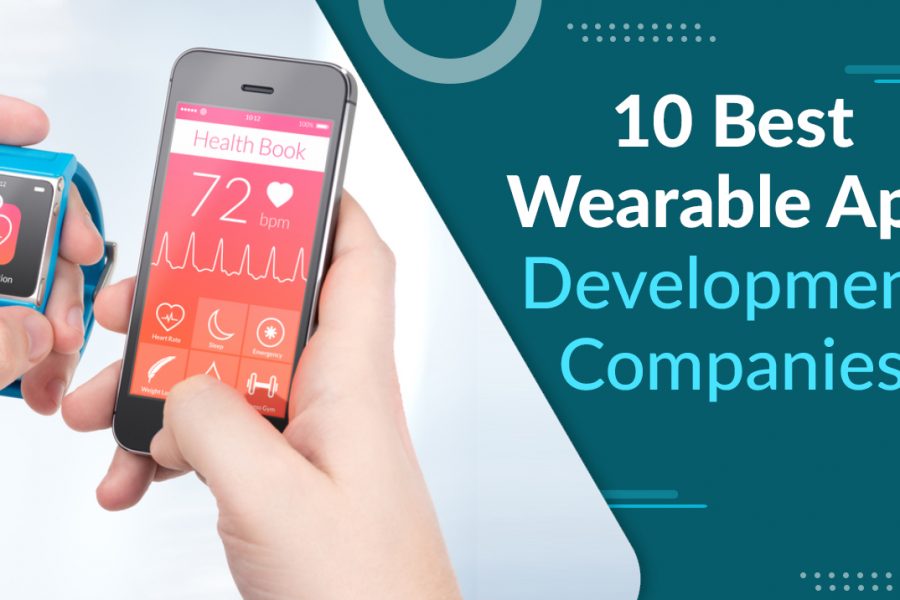I began my career with Konstant Infosolutions in 2003 and held many leadership roles. I’m happy to be here and pleased to see where Konstant stands today-as one of the best IT services companies in the world. I am immensely proud of the team that we have at Konstant-the efforts they make daily to keep customers happy and provide them with a winning service, contributing their inventiveness to the creation of captivating experiences for their customers/users. As Chief Executive Officer ( CEO) at Konstant, my approach is to constantly inspire my team through regular one-on-one interactive and tech sessions and break down the barriers they face while working on the project
1. Give us a short description of Konstant Infosolutions. When and how did you start this journey, and what was your aim for success in the app development?
Konstant Infosolutions is a revolutionary mobile and web app development company that addresses the needs of brands, companies, entrepreneurs, and SMBs in transforming their raw ideas into seamless mobile experiences.We have impressed over 2,550 customers from 100 different countries with expansive 14 + years of industry experience. With innovations like web, cloud, IoT, wearable, on-demand, iBeacon, and more, we are educated, competent, and versed.
As a team, we aim to solve the users’ modern-day real-time issues and help our global clientele grow at an unparalleled pace. Our journey started in 2003 to make, innovate, acting, and rewarding clients who are dealing with a multitude of evolutionary woes. Since then, it has been a journey to enjoy earning positive customer feedback, to be praised for our efforts, to gain global recognition and, most importantly, to create relationships.
2. What role do you have in managing and improving Konstant Infosolutions?
I hold the Chief Executive Officer (CEO) position at Konstant Infosolutions where I devote my time to strategizing business development. Furthermore, I keep an eye on industry dynamics, new technologies, growth opportunities that we find when designing expansion plans, and revenue-generation schemes.
I frequently take the time to research the case studies of brands to draw valuable and actionable lessons that we might relate to, both for our current ventures and future ones. My background in the industry helps me to focus on the potential prospects for the business and also for the clients.I’m trying to stay ahead of the trends that encourage every person in the business to think about what’s possible and bring the most creative to the table.
3. Tell us about your industry-leading achievement.
I think the greatest accomplishment for a business like ours is winning the hearts of customers so they keep coming back to us. And I think we managed to master it. We have a 64 percent customer retention rate which is a compelling figure according to industry standards. Our industry associations such as Volkswagen, Raw Bank, UN, Wonder Cement, NASSCOM, Wall Street Journal are also self-explanatory.
This year Clutch.co has listed us among India’s 2017 top app developers and top app developers for industries such as health and wellbeing, social media, and education.
AppFutura has listed us on the Top 5 list, iOS App Developers, and Android App Developers.
Also in 2016 Silicon India listed us among the top 5 mobile device development firms.
4. When do you plan the software creation processes to give your customers the timeline?
At Konstant, we pursue two approaches to app growth – agile and waterfall, but only after a thorough review of consumer needs, dynamics of the project, reliance on essential resources, and the risks involved. After the study is finished and the project scope is established, we agree on the milestones with corresponding delivery dates and pricing.Keeping the cycle smooth by setting goals and short objectives. We send a report to the client for every milestone being reached, obtain their valuable input, and act upon it before taking on the next milestone mission.
We follow the SDLC (Software Development Lifecycle) standards and guidelines for creating an app as outlined and specified. We also meet ITIL (Information Technology Infrastructure Library) standards to establish integration with the strategy of the organization, deliver value, and maintain a minimum level of competency.
5. How do you help your customers select the right and competitive platform to grow their apps?
Customers today are smart and well aware of the pattern and the way things operate in the technology domain. We are straightforward in their thinking and appreciate software development techniques. This makes it easier for us to advise them about the viability and competitiveness of the developing device. After reviewing the project specifications, budget, and delivery time, our business analysts recommend the most feasible choice that matches their target market and can give them full exposure for high revenue-generating choices.
6. Which would you suggest Native or Hybrid apps for successful and profitable business progression? How do you describe what factors affected you in making this choice?
I would say that a good move forward at the right moment will make the difference. You just can’t put your hand on any of these. It all depends on the specifications of the product, functionality that the product will likely provide, the budget of the client, targeted and marketing strategies, time constraints, and more.Some say, going native with iOS from the start isn’t a smart idea because of its low market share, but I’d argue that while it’s a 20-30 percent range, by not targeting iOS users, you ‘d only cut your customers by 20 percent to 30 percent.
In this scenario, the best piece of advice is to go for a hybrid approach and allow yourself the chance to attract all of the customers out there (provided you ‘re low on budget). Otherwise, no second thought, native Android, and iOS device creation should be your preference. Gone are the days when only native apps provided dynamic user interface, now with technologies such as Native Script and React Native, it’s time to build cross-platform native apps that are hybrid and offer a native-like interface.
7. How do you scheme your pricing plan? Where do you set the budget?
We give our customers three different pricing models: 1. Model fixed expense, 2. Design committed capital, and 3. Model of time and material. The project requirements, budget, and time limits are transparent to both parties in the first iteration, and we evaluate a ballpark figure for the task accomplished. Besides, the customer is paid for features in this model that were not addressed as add-ons at the start of the project.
Although deciding the exact specifications and features to be included at an early stage in the dedicated resource model is tough; thus, we allow consumers the flexibility to use the dedicated resource as necessary to their needs. For the hired employee, who works dedicatedly for the client, we set a monthly amount. Under this operating model, we provide progress updates on the job and collect invoices every month.The model of time and material is where resources and time cannot be measured upfront. The selection and specifications are continuing to expand.

Konstant Infosolutions






















